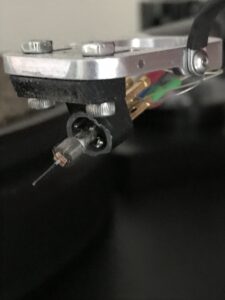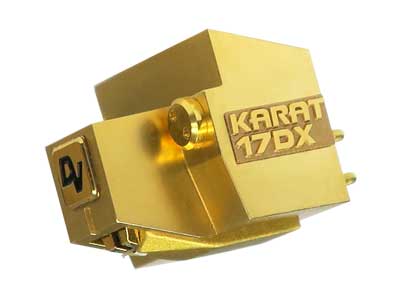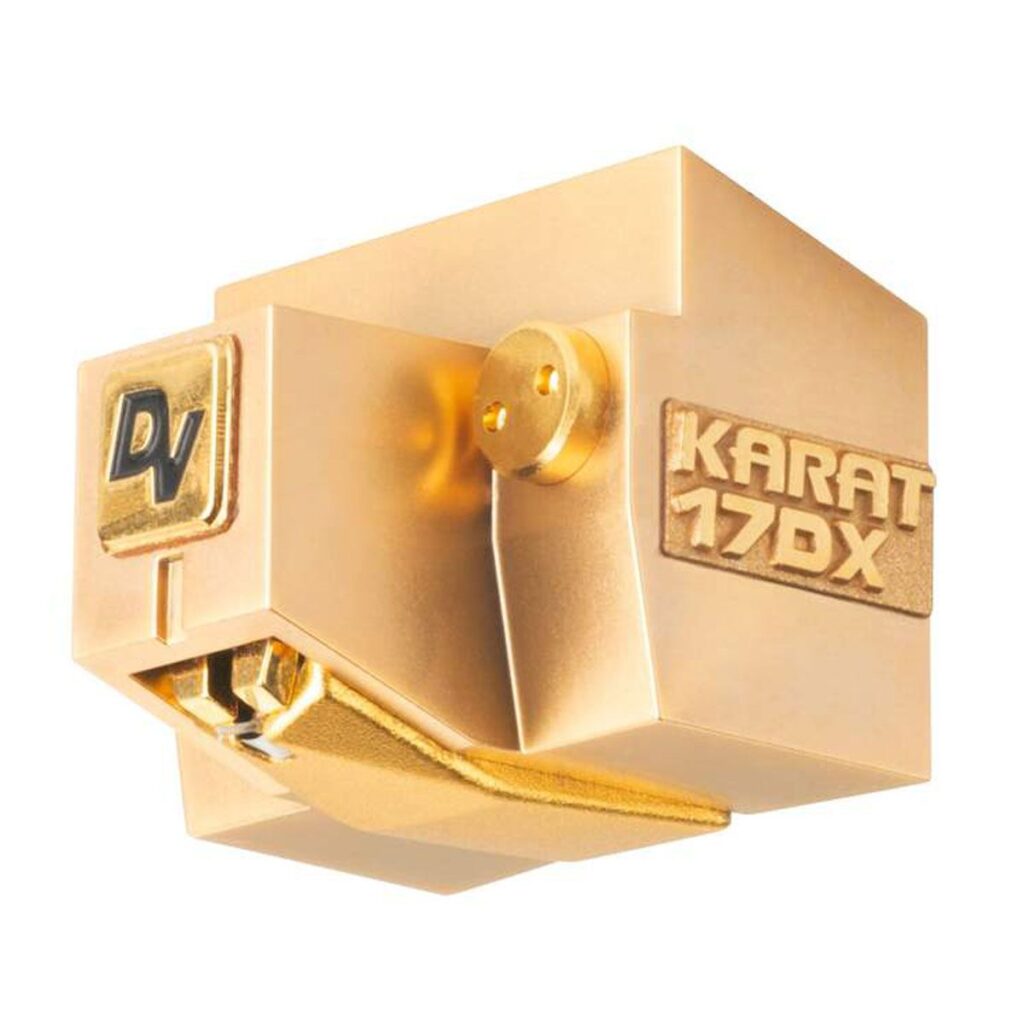The more I learn about this nutty hobby the more fascinating it gets. Or at least it’s fascinating when not so darn frustrating. It can be a real challenge to navigate an industry that keeps making and selling records or equipment that promises to improve on what’s come before, but so often doesn’t.
Equipment manufacturers even seem unaware of how to get the best sound from their products. Case in point my Merrill – Williams R.E.A.L. 101.2 turntable. It most certainly came with a center weight for a reason, with that reason presumably being that it makes your records sound better, even when it very clearly makes them sound worse.
So when Andy Kim of The Needle Clinic first told me that the best body a stereo cartridge can have is “no body” at all, my brain near exploded. The notion that a design feature so pervasive and seemingly essential as a body on a cartridge was detrimental to its sound left me struggling to find my bearings. It also raised a question – if the body of a cartridge is more liability than strength, why have one?
Well, one reason was staring me right in the face the first time I installed a “nuded” cartridge, the Needle Clinic NC-2. Essentially a modified Sumiko, the NC-2 has so little body it’s downright frightening to look at, let alone put on a tonearm. No wonder they put bodies on these things! Frankly I’m shocked that after more than 3 years I still haven’t broken the thing.

But I’ll be damned if the NC-2 isn’t a great sounding cartridge, and up to that point the best one I’d ever heard. Super dynamic with a wonderfully sweet top end, the NC-2 is dynamite with classical music and jazz.
Strings and horns had never sounded as sweet and present as with the NC-2. And it excels at capturing the size and scale of an orchestral performance. The NC-2 is a big reason I’ve become so fond of listening to classical music over the past several years.
Rock music, on the other hand, is not the NC-2’s strength. With it’s very loooong boron cantilever, some bass notes just had way too much bloom, and it sometimes lacked solidity and impact. It took me a little while to hear it, but eventually it became clear to me that the NC-2, while an excellent cartridge, was not the one I wanted to move forward with.
So after hearing Tom Port singing its praises for so long, I figured the time was right to give the Dynavector Karat 17dx a try. And once I heard how the 17dx handled bass, not to mention how much bigger and more open its soundstage was, I never looked back.
Now I’ve been using the 17dx for several year and it’s a little hard to write a proper review. I’m also not sure I’ve heard enough cartridges at or near its $2250 price point to frame its strengths in a context broad enough to make a review useful. So instead I’m going to focus here on one particular strength the 17dx has and that, as far as I know, very few cartridges do. The 17dx can be “nuded”.
Currently I’m on my second 17dx. I carelessly broke the first one fiddling around behind my turntable. It was sounding fantastic at the time, and up to the point the stylus went crashing down onto a copy of Kind of Blue, replacing it was very far from my mind.
But just like in life, in audio we get plenty of lemons. We can either sit around and suck on ’em or make some lemonade and get on with the business of better sound. I was sick that I broke a perfectly good cartridge that cost me a lot to replace, but the damage was done. Now was my opportunity to “nude” my first 17dx and see what the fuss was about.
The 17dx looks like it has a metal body. On Dynavector’s website, it’s described as having a body “machined from solid brass”. What’s not obvious looking at the cartridge however is that on top of the brass body, which we can only see the underside of, is a brass-colored plastic cover.

Notice the round knob just to the left of where it says “KARAT 17DX”. In case it’s not obvious, that’s the head of a small bolt. There’s another such bolt head on the other side of the nose of the cartridge, and both of them can be unscrewed and removed, allowing the plastic cover to come off. I used a standard pair of needle nose pliers to do it, but you can cut the time it takes in half if you use a spring loaded set.
When I finally did get that new, “nuded” 17dx up and running, I was shocked at how much better it sounded (leaving aside the fact that it clearly needed breaking in). The biggest improvement was how much more open and clear the soundstage was. I was auditioning copies of Muddy Waters Folk Singer at the time, and with the new, “nuded” 17dx, it seemed as though I was hearing literally every inch of the studio space.
IOW- MORE transparency! I was “seeing into” the performance dramatically better, and without a hint of the glare that can sometimes rise up in those moments when Muddy really BELTS out the lyrics, or when he plucks his guitar strings with some extra gusto.
I was curious to understand what removing that plastic cover was doing to help the performance of the cartridge, so I sent an email to Andy Kim asking him why he felt “nuded” cartridges sounded better.
He sent me the following explanation:
“When the stylus moves on the grooves, the coil armature at the end of the cantilever moves to generate output voltage. That coil movement generates very subtle tiny air flows inside the cartridge body. That tiny air movement circulates, affecting the coil armature movement. Unless it’s relieved somewhere, this will make a huge difference in sound quality.”
“When you speak into a microphone, if the output speaker is too close, you will hear a terrible howling noise. Something very similar happens with the cartridge body too.”
I will admit that the science part of this hobby is not my strong suit, but I have to say this explanation makes loads of sense to me. It also comports with what I heard. Not that using a 17dx with the plastic cover over the body causes anything close to “a terrible howling noise,” but based on my experience, removing the cover does seem to “relieve” some “pressure” on the sound.
Andy pointed out also that many cartridge manufacturers address this issue by leaving the bottom of the cartridge body open, but that the materials they use for the open body can act like an equalizer, emphasizing different qualities in the music better than others. A wood body, for instance, might be great if you want to emphasize the mid-bass, such as guitars or percussion, but not so great for other other instruments or vocals.
I’m of the view that our cartridge, as well as our system as a whole, should be good at playing any and every different type of music, and good at making that music sound as natural, open and tonally correct as possible. To this end, I am a HUGE fan of the Dynavector Karat 17dx. The 17dx does everything well, and it does it even better when you “nude” it.
